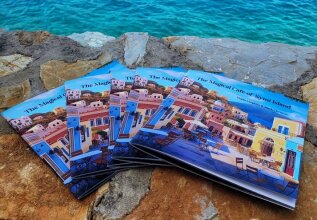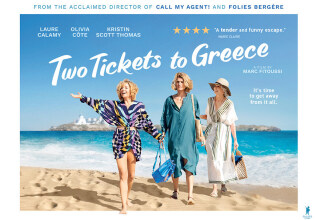5 MIN
INTERVIEWS
Moon Best of Greece: Joanna Kalafatis Talks Food, Sustainability, and Top Destinations
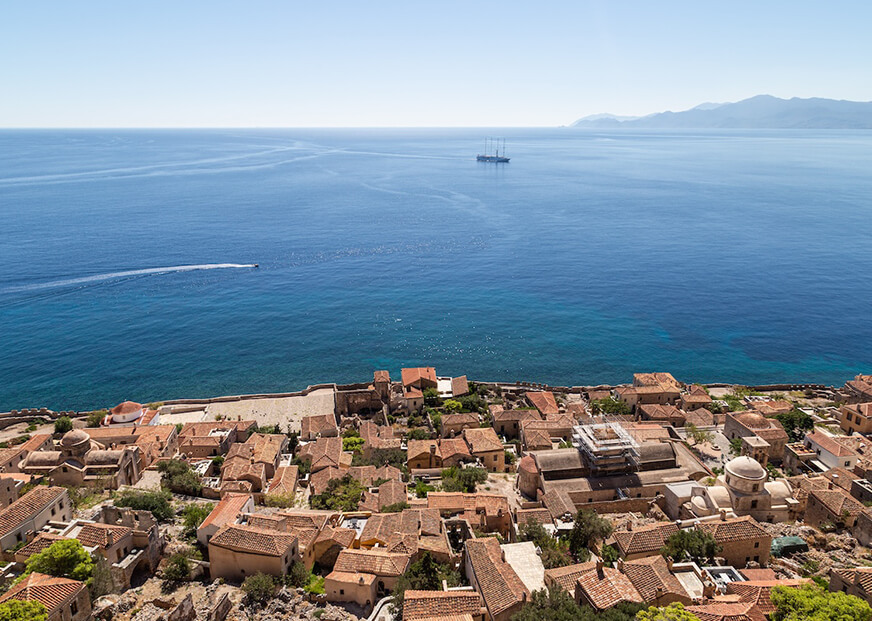
1. Greece is known for its culinary delights. How did you incorporate food and dining recommendations in your guide?
When I visited each region, I used a combination of local suggestions - which were the most important - and prior research on forums and websites to discover what the likely candidates were for the area's best restaurants. I always tried to focus on locally-owned and operated establishments, so I could be sure my travel guide recommendations would benefit local businesses and keep tourist money in the Greek economy. I then visited as many as I could to experience them myself, and selected a handful for inclusion in the book. I also spoke with Moon about including a chapter on food in general - particularly regional specialties and cuisines around the country - so people around the world could get a sense of the wide variety of dishes Greece has to offer.
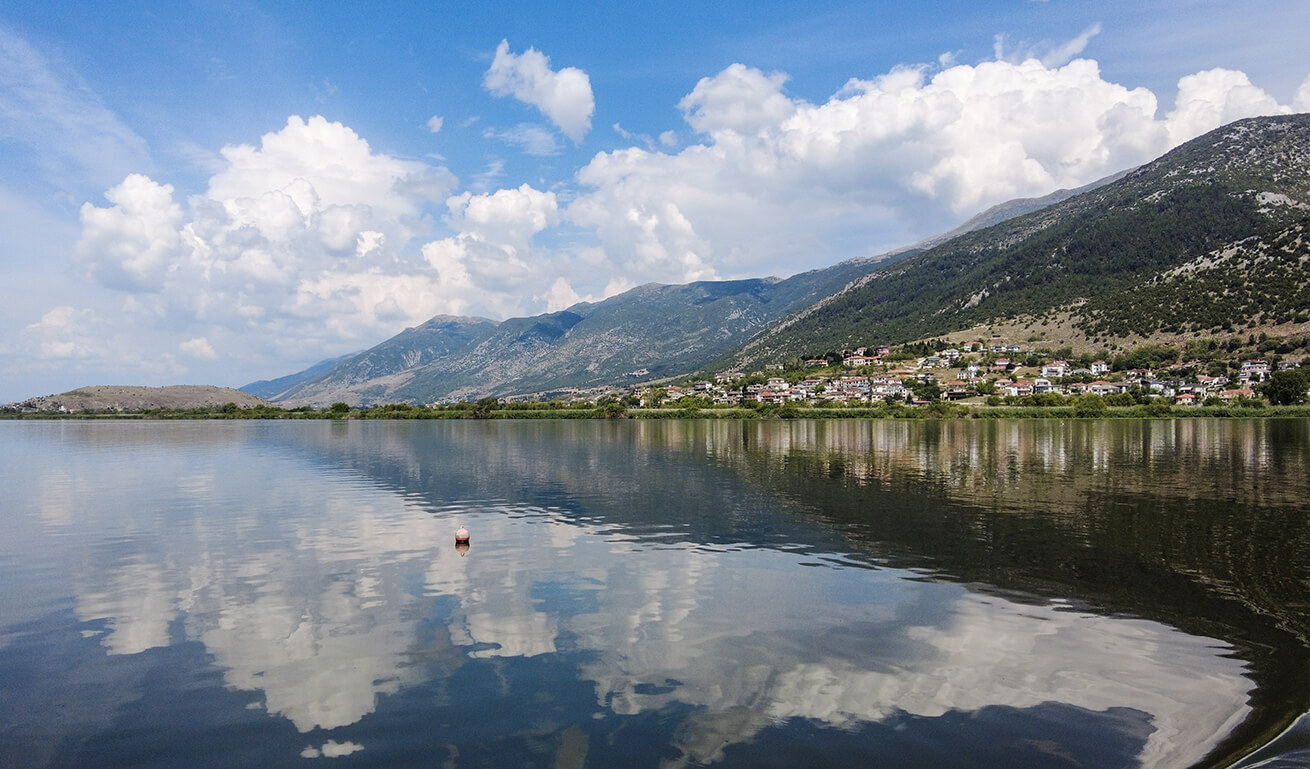
Reflections in Ioannina Lake | © Joanna Kalafatis
Very much so. On the most basic level, I included plenty of recommendations for how to care for the environment and ancient sites when hiking and visiting monuments. But on a larger scale, the most important thing to me was recommending locally-owned businesses in my guide, so the suggestions I included would benefit local business owners and families. That's one thing people tend to forget when talking about sustainability; economic and environmental sustainability are usually intertwined. Local, more small-scale enterprises statistically do a better job of operating efficiently and in an eco-friendly way; not only are they operating with lower margins than international conglomerates, and so can't afford to be as wasteful, but they also live in the area they operate in, so it's in their best interest to manage the environment in a better way. The great thing about Greece is that over 90% of tourism businesses - from restaurants and cafes to hotels and tour operators - are locally owned, which is uncommon for tourism-oriented economies. So it made it easy to make over 95% of my recommendations, local enterprises.
I also believe a big part of making Greek tourism sustainable is directing people towards a variety of destinations, so you don't have a handful of places like Mykonos and Santorini getting overly crowded and pricing out locals, while other equally beautiful destinations fail to benefit from the tourism economy. A more equitable spread of tourism across the country helps to ease overcrowding and spread money around the different regions of Greece.
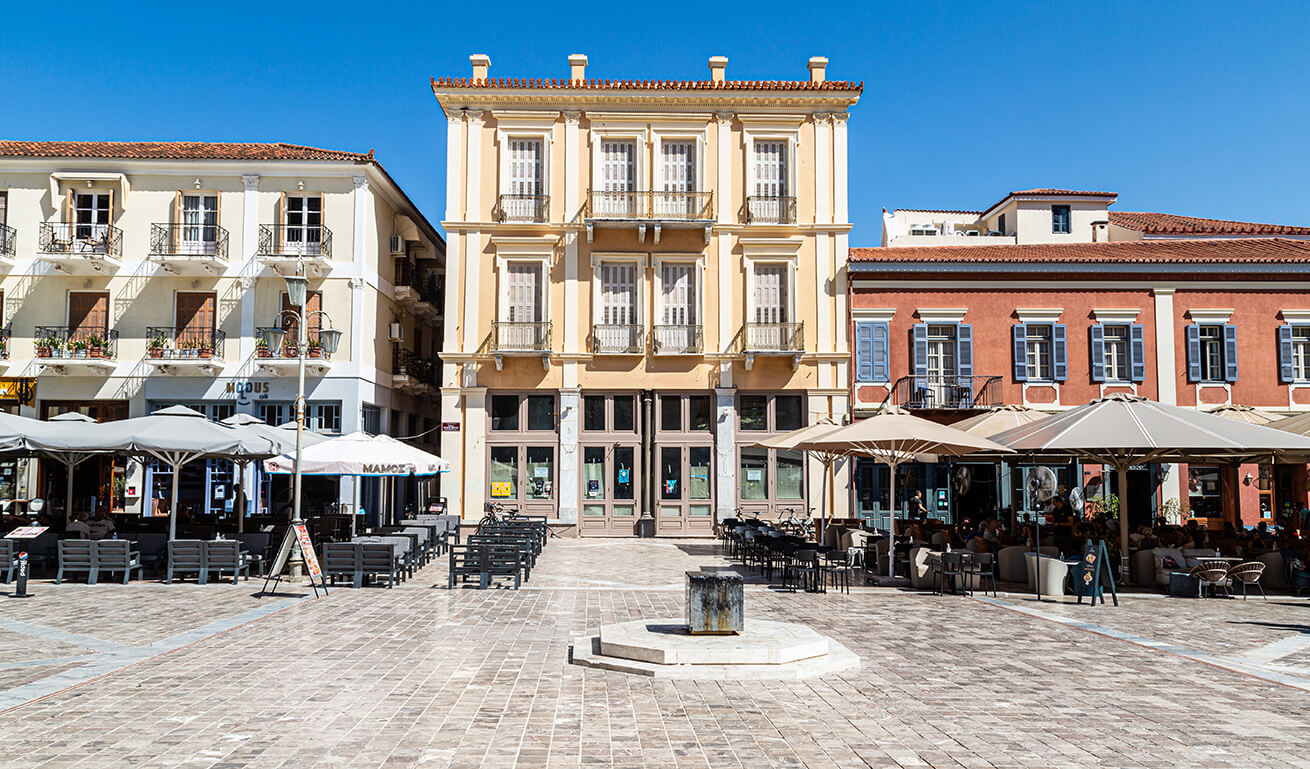
Nafplio Square | © Joanna Kalafatis
Digital resources are a great way to get answers to specific questions about a destination and lists of places to visit. Strangely though, even with the rise of digital apps and sites, traditional travel guides are still going strong; in fact, they're making a bit of a comeback. In today's hyper-digital world, there's something that feels comfortingly old-school about a travel guide you can carry with you. People open travel guides and are transported to a whole new place, one they slowly get to learn about while leafing through the guide's pages, increasing enthusiasm for a potential trip there.
4. How did you decide which destinations and attractions to include in your guide, considering Greece's diverse offerings?
The destinations were decided on in collaboration with Moon. They had a list of some of the most popular destinations around Greece they wanted covered - like the southern Peloponnese, Thessaloniki, and others - but were also very open to my ideas and suggestions. It's partly why they usually hire guide writers who are already familiar with a country, or live there and speak the language. I pushed for a chapter on Epirus - one of my favorite places in Greece and truly an undiscovered gem for most international tourists - and a food chapter. I also included places in the Peloponnese that are more popular among locals than international tourists, so it could be a real local-influenced guide to Greece.

Joanna in Epirus
